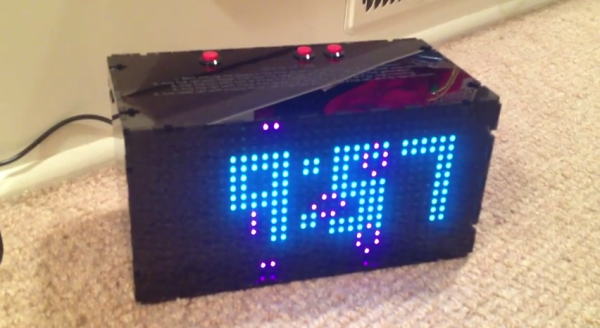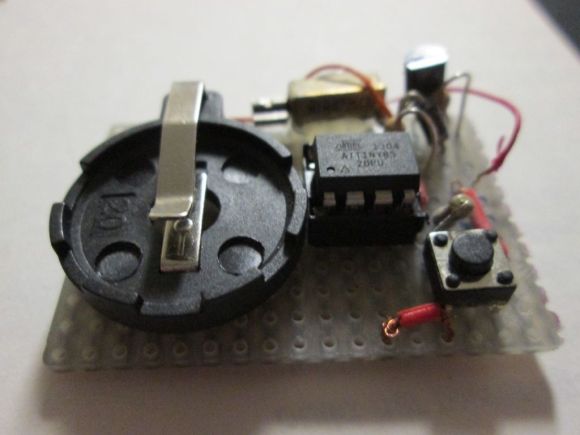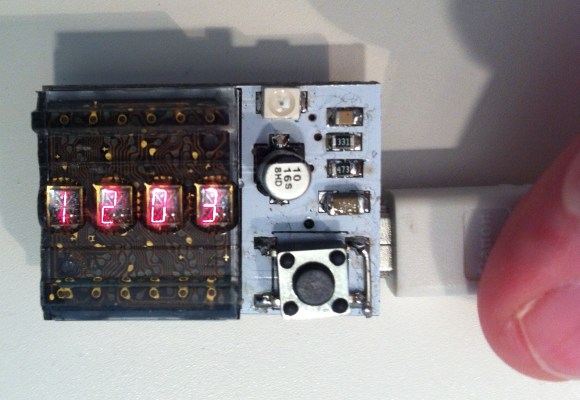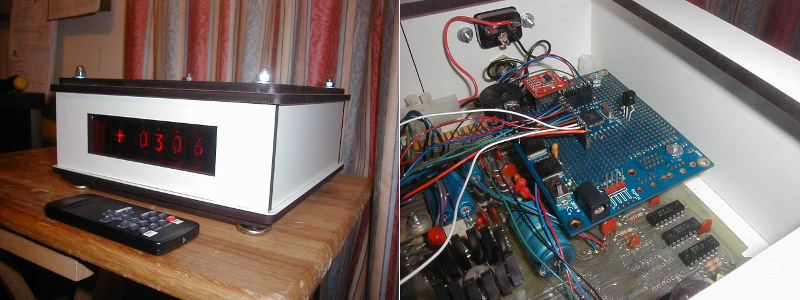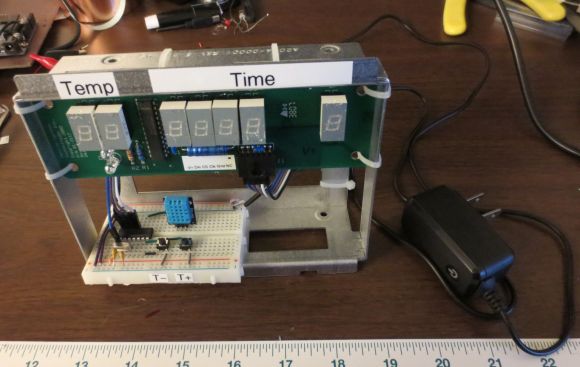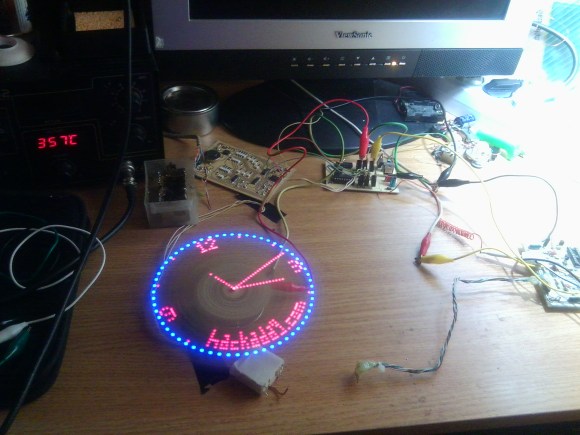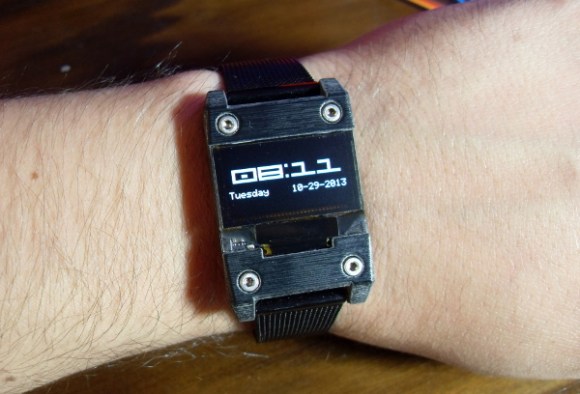[Matthews] needed a good present to give to his brother-in-law, who just so happens to be a mathematician and programmer. He wanted something functional but equally geeky at the same time, so he decided to try his hand at making a Game of Life style clock.
He was originally inspired by a Game of Life Clock we shared a few months ago, but with a few improvements. First, he wanted a much bigger playing field, so he found a 16×32 RGB LED matrix. Second, he wanted the time to always be visible so it actually works as a functional clock.
At the heart of the device is an Arduino UNO which utilizes a Chronodot RTC module for accurate time keeping. The entire clock is encased in acrylic sheets and it looks extremely good for a home-made project. He designed the case using a site called MakerCase, which is a super handy application for designing boxes.
At the beginning of every minute starts a new Game of Life which plays over top of the time displayed. Three buttons on the top allow for many adjustments including brightness, timezone, speed, colors, and even edge behavior! To see it in action, stick around after the break.

